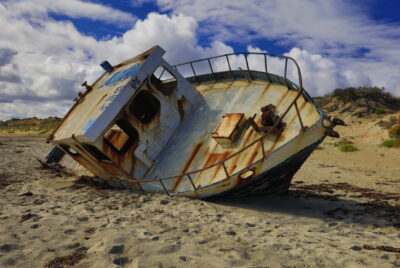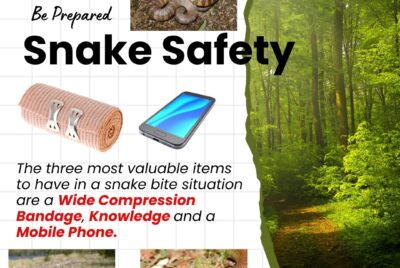Surviving in the Australian Outback: What You Need to Know
Surviving in the Australian Outback
The Australian Outback is a vast and harsh wilderness, known for its extreme temperatures, arid landscapes, and unique wildlife. Surviving in this challenging environment requires careful preparation, knowledge, and respect for nature. In this guide, we will provide you with an overview of essential information and tips to help you stay safe and thrive while exploring the Australian Outback.
-
Understanding the Australian Outback:
- Size and geography: The Outback covers a significant portion of Australia, characterized by vast deserts, rocky ranges, and remote regions.
- Climate: The Outback experiences extreme temperature variations, with scorching heat during the day and freezing cold at night. It’s crucial to be prepared for these temperature fluctuations.
- Water sources: Unlike many other countries in the world that have rivers, streams, lakes and ponds everywhere, Australia is very arid and water is very scarce in the Outback. It is essential that you respect how scarce water is in Australia and plan and carry an adequate supply.
-
Planning and Preparation:
- Research: Familiarize yourself with the specific region you plan to visit. Learn about its climate, wildlife, and potential hazards. This will significantly enhance your enjoyment of your adventures. Carefully choose the time of your year to visit specific regions in Australia as winter in the south can be cold and wet while Summer (the Wet Season) in the north can be extremely uncomfortable. and you can get cut off for weeks when in rains.
- Route planning: Plan your itinerary carefully, considering distances, available services, and accessibility. Inform others about your plans and estimated return dates. This is particularly important if you plan to get off the main roads and go adventuring.
- Essential supplies: Pack necessary provisions, including water, food, first aid kit, maps, navigation tools, communication devices, and appropriate clothing for extreme conditions. In Australia, if in doubt about how much water to pack, add more.
- Vehicle preparation: All vehicles venturing into Outback Australia should be well-maintained and equipped with essential tools and spares. Extra fuel and spare tyres can also be important depending on where you plan to go.
-
Water and Hydration:
- Water storage: Carry sufficient water for your journey, accounting for both drinking and other uses. Store water in sturdy containers and replenish supplies whenever possible. Lots of smaller containers are better than 1 or 2 bigger ones.
- Water sources: Learn to identify natural water sources such as rivers, creeks, and waterholes. Treat water from these sources before consumption using appropriate filtration or purification methods.
- Hydration practices: Drink water regularly, even if you don’t feel thirsty. Avoid excessive exertion during the hottest parts of the day to minimize fluid loss.
-
Survival Skills and Safety:
- Navigation: Learn basic navigation skills using maps, compasses, and GPS devices. Familiarize yourself with landmarks and natural indicators to avoid getting lost.
- Fire-making: Understand various fire-starting techniques and carry necessary tools such as lighters, matches, or fire starters. Fire can provide warmth, cooking capabilities, and a means of signaling for help if needed.
- Shelter construction: Learn how to build temporary shelters using natural materials to protect yourself from extreme temperatures, wind, and rain.
- Wildlife encounters: Familiarize yourself with the local wildlife, their behaviors, and potential dangers. Keep a safe distance, never feed or approach animals, and learn basic first aid for snake bites and other potential hazards. Dingo’s and Kangaroos may look cute but both can be dangerous.
-
Emergency Situations:
- Emergency communication: Carry a reliable means of communication such as a satellite phone or Personal Locator Beacon (PLB) to signal for help in case of emergencies.
- Stay put: If lost or stranded, it’s generally safer to stay with your vehicle or in a central location rather than wandering aimlessly. Many lost vehicles have been located abandoned days before the people who left them have been found.
- Signaling for help: Use visual signals such as mirrors, flares, or bright-colored clothing to attract attention. Three loud and distinct noises (e.g., whistle blasts) can indicate your need for assistance.
- Emergency supplies: Keep emergency supplies such as extra food, water, and blankets in case of unforeseen circumstances or delays.
Conclusion: Surviving in the Australian Outback requires careful planning, preparation, and above all, respect for the environment. By understanding the unique challenges and following the tips outlined in this guide, you can enhance your safety, make the most of your adventure while appreciating the beauty and vastness of the Australian Outback. Remember, always prioritize safety and seek expert advice if you’re unsure about any aspect of your journey




